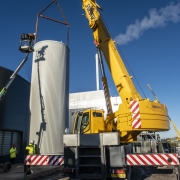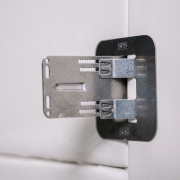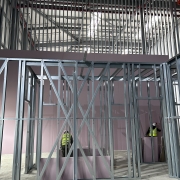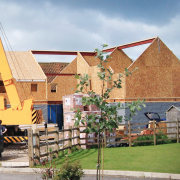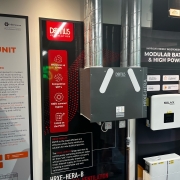The House of Lords Library has published a report on modern methods of construction (MMC) in the housing industry.
MMC includes building techniques designed to be more efficient than traditional methods.
The House of Lords Built Environment Committee has criticised the Conservative government’s approach to MMC.
The committee’s inquiry found that public investment in MMC had not been supported by a coherent plan or measurable objectives.
The Labour government has pledged to publish a long-term housing strategy in the coming months, which is expected to address these concerns.
Several parliamentary committees have investigated MMC over recent years.
In 2018, the House of Lords Science and Technology Committee noted the benefits of offsite manufacturing (OSM) in construction.
The 2019 House of Commons Housing, Communities and Local Government Committee raised concerns about the durability of MMC homes in the UK and urged the government to develop a coordinated strategy for MMC.
In 2022, the House of Lords Built Environment Committee highlighted the need for the government to reassure consumers about the quality and safety of MMC homes.
The committee emphasised the importance of official figures reflecting construction-related factory jobs.
Following the 2024 general election, the new Labour government has committed to building 1.5 million new homes over the next parliament.
Angela Rayner, the Secretary of State for Housing, Communities and Local Government, has stated that the government will restore housing targets to deliver around 370,000 new homes a year.
The Labour government will also publish a new long-term housing strategy in the coming months.
This strategy will include steps to ensure the construction of more high-quality, well-designed, and sustainable homes across the UK.
The House of Lords Built Environment Committee has identified barriers to the wider adoption of MMC, including risk aversion from insurance providers and challenges related to building regulations.
The committee found that the government had made limited efforts to address these issues.
In its 2023 inquiry, the committee recommended that the government take steps to acquire a better understanding of the construction industry, set achievable goals, and develop a coherent strategy to support MMC.
Lord Moylan, the committee’s chair, criticised the government’s approach, stating: “Simply throwing money at the sector hasn’t worked.”





